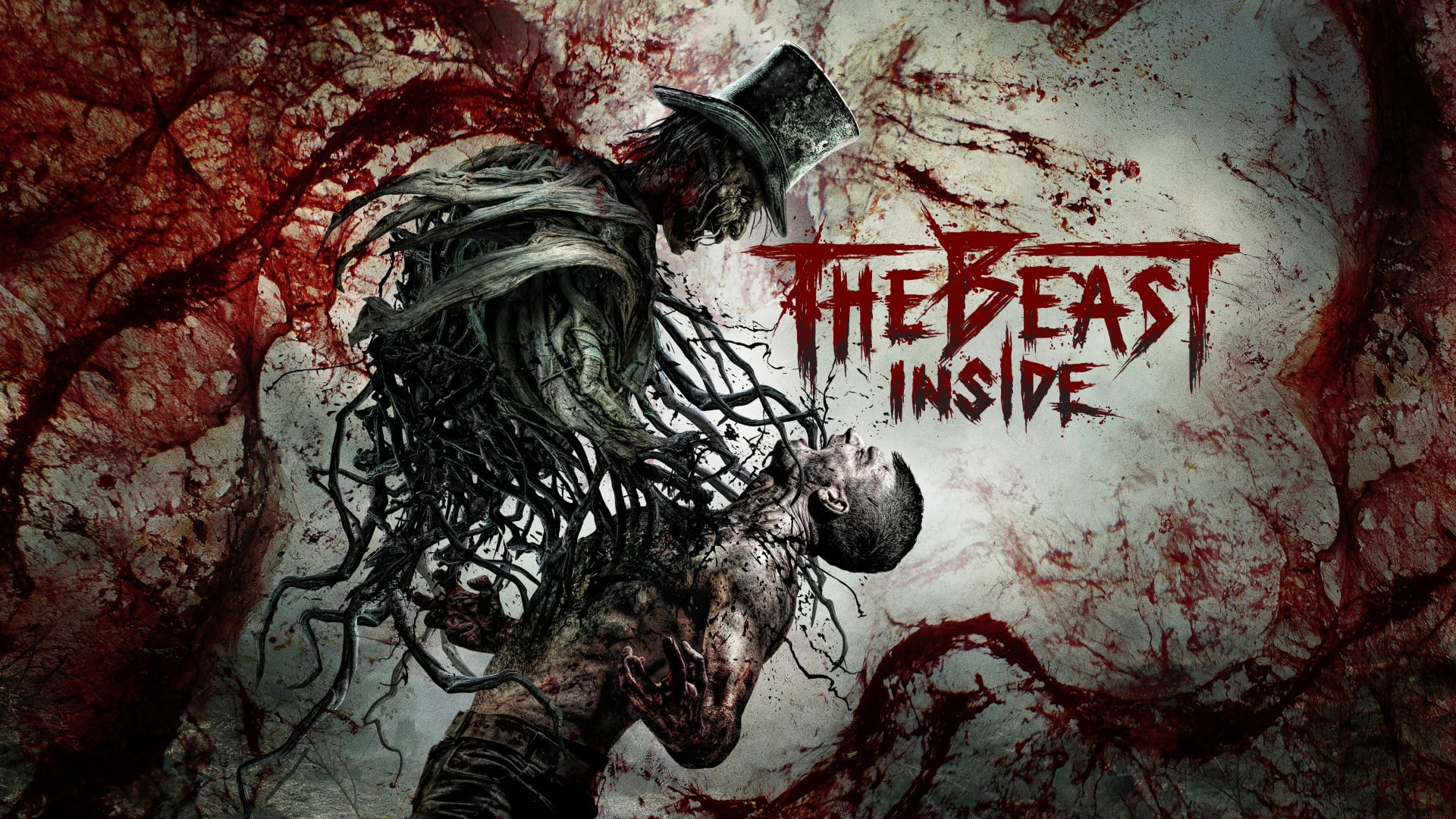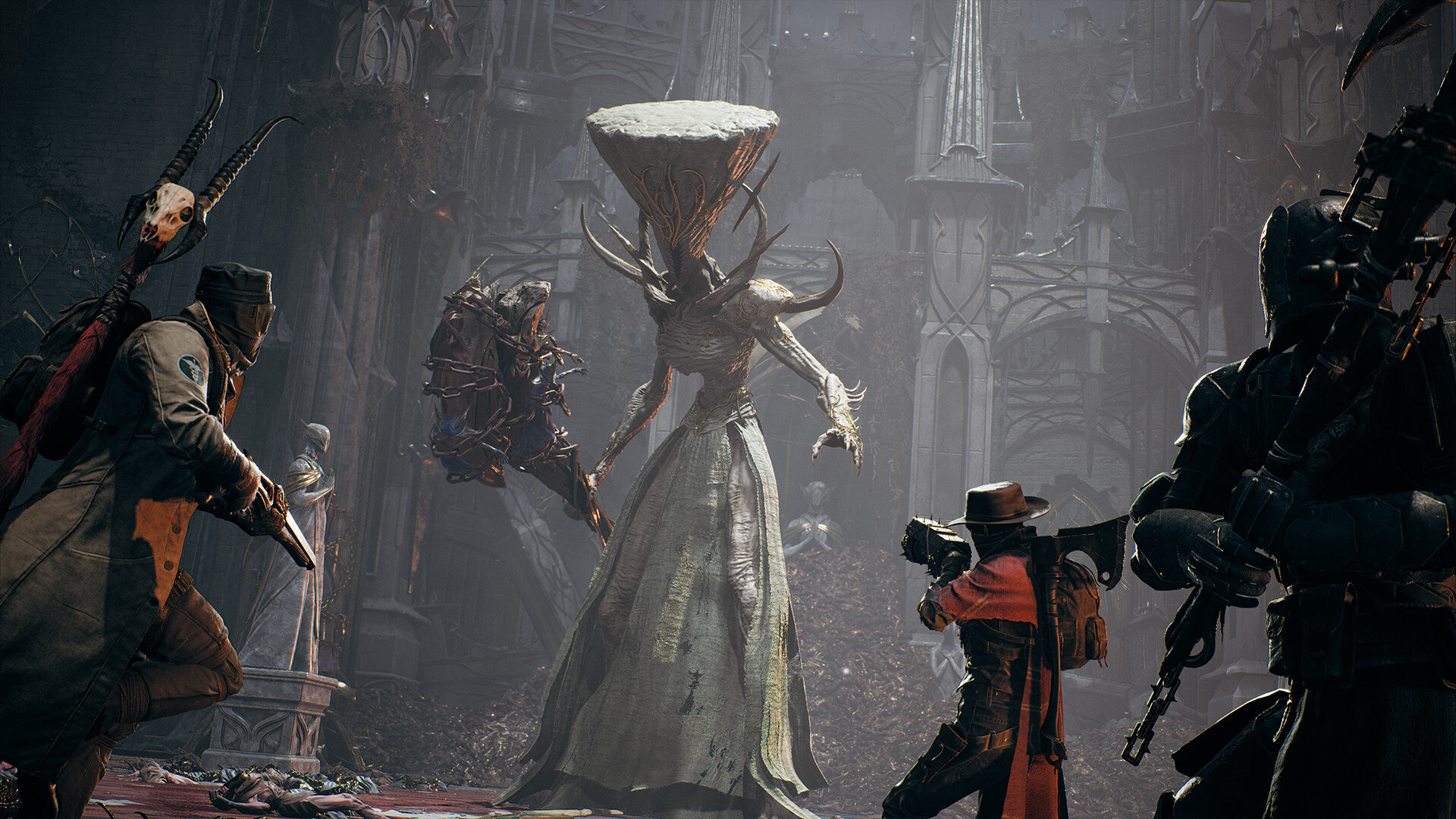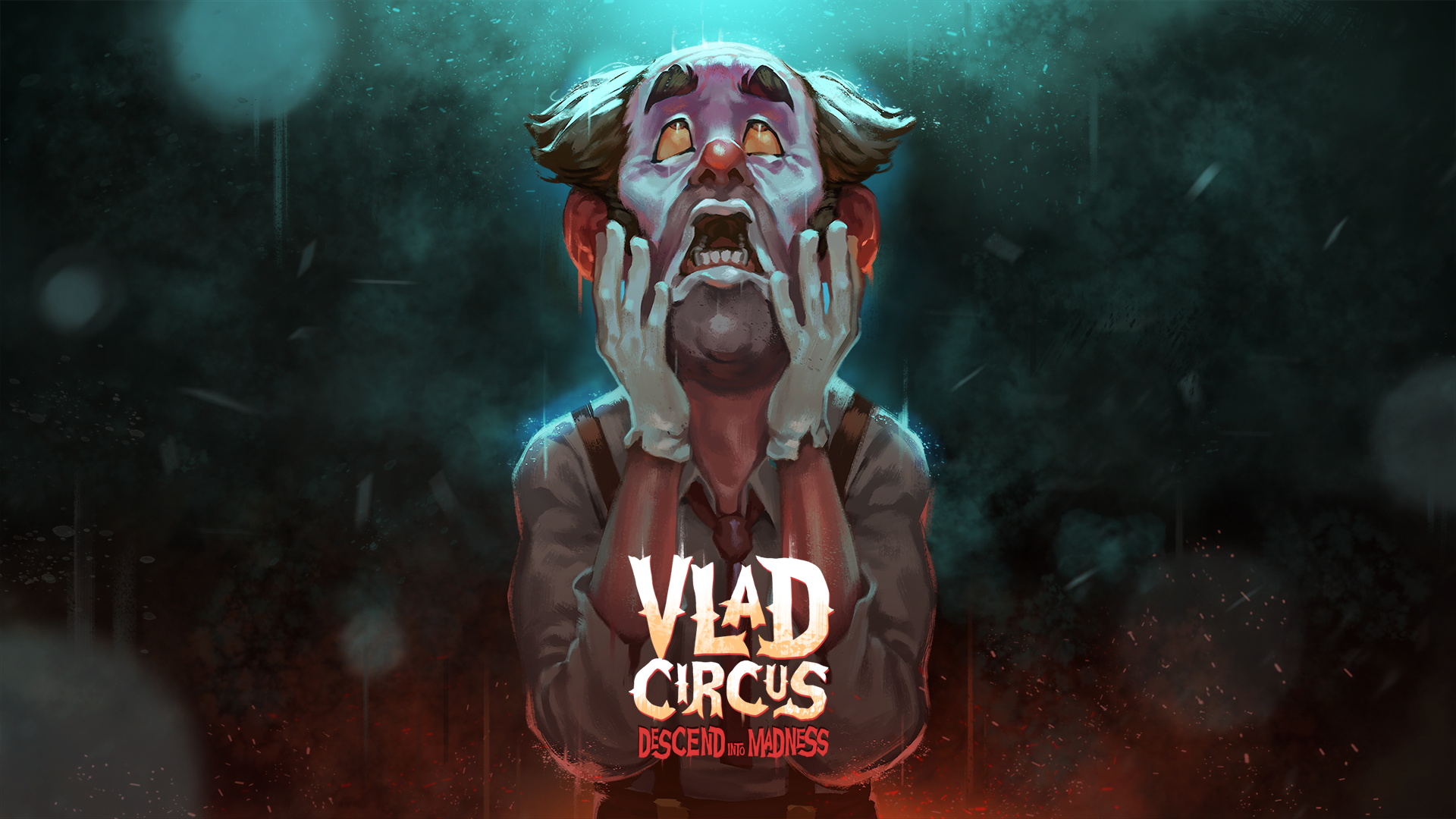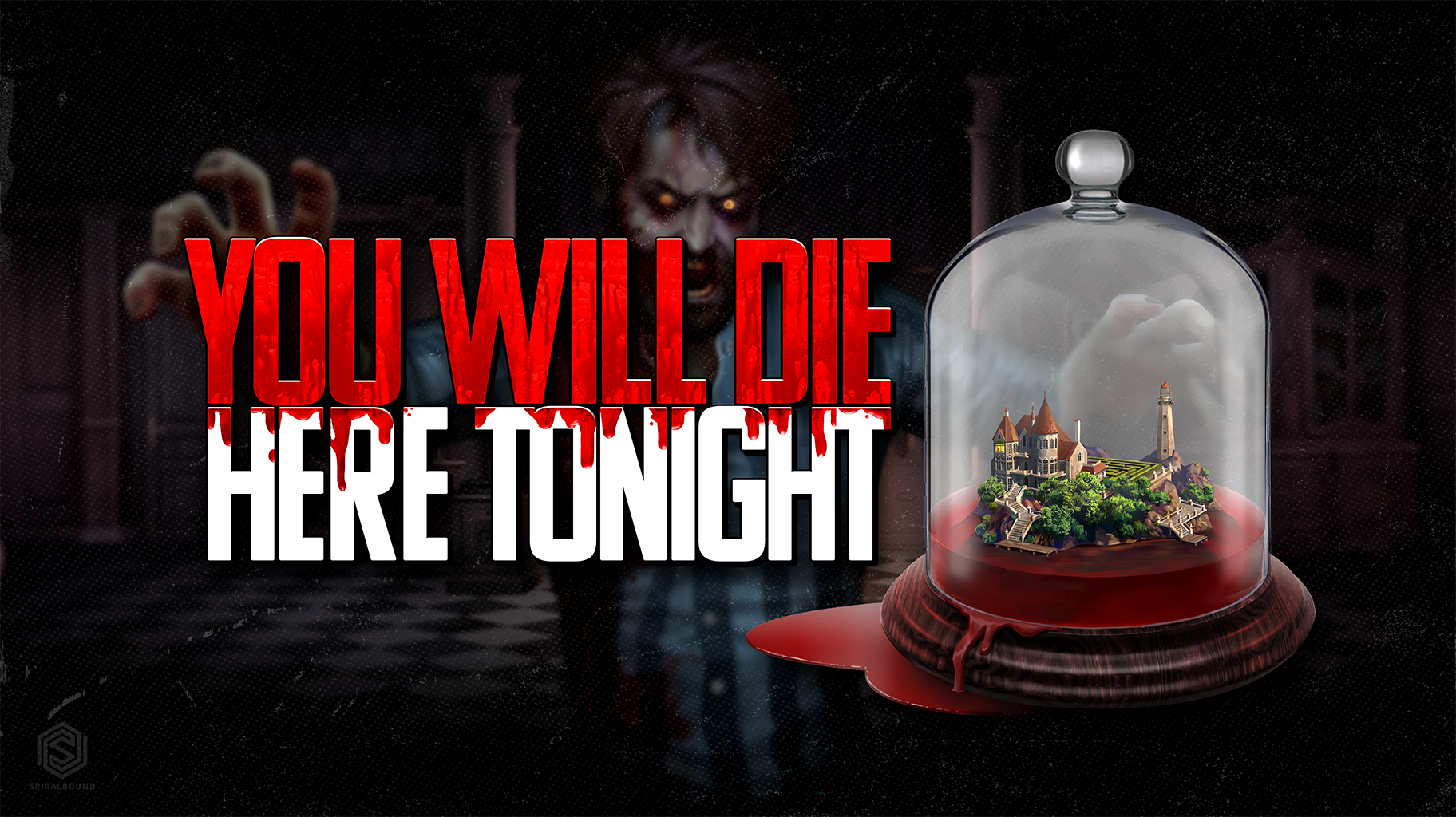
THE BEAST INSIDE Review – A Game With And About An Identity Crisis
Developed By Illusion Ray Studio
Published by Movie Games S.A.
Available on PC through Steam
MSRP $24.99
When naming a horror game, it’s best to come up with something that evokes the experience without giving too much away. For example, Amnesia: The Dark Descent is about an amnesiac making a descent into darkness. Silent Hill is about a spooky town that is ironically rarely silent. Resident Evil is about an evil residence. There are only two conclusions you can come to when you hear, “The Beast Inside.” Either it’s a game about werewolves, or a Dr. Jekyll/Mr. Hyde situation. There’s an outside chance that it’s referring to a literal beast inside of a thing—such as a lion in a closet—but that would make for a rather short and uneventful game.
So since werewolves are hard to model, it’s safe to bet that The Beast Inside is one of those, “you are the bad guy,” games. Just like every other horror game with even a single collectible text log. Just close your eyes and envision dark hallways, inconveniently stored keys, unreliable light sources, self-slamming doors, and a mysterious antagonist that just happens to share your height/weight/voice/daddy issues. It’s copy/paste horror 101. And that is roughly half of The Beast Inside. The other half is a tense psychological spy thriller with codebreaking and a laser gun.

If you think that I’ve finally lost it and my dementia riddled brain is mashing together the game I’m playing with the Tom Clancy movie my dad is watching next door, I’m not sure if explaining it will help. The Beast Inside is told from the perspective of two main characters. First is Adam, a CIA cryptanalyst (codebreaker) working to crack codes during the height of the cold war (1979). He’s recently moved with his pregnant wife to a remote forest estate, both to clear his head and ensure his safety from Russian agents. While searching the attic for paint, he finds the diary of Nicolas Hyde. Written about 100 years earlier, the diary recounts Nicolas’s frightful ordeal upon returning to his childhood home. As this is the same home that Adam just moved into, spooky things are surely afoot.

From here, the game repeatedly swaps perspective between Adam and Nicolas. So far, this is all stuff you can glean from the Steam page. However, it fails to mention just how much of the game is fighting communism with the power of scrambled letters. If you’re expecting two characters dealing with similar ghosts 100 years apart, guess again. While all of Nicolas’s segments are predictable spooky spectral scavenger hunts, Adam’s bits are mostly spy games. As soon as something spooky happens to Adam, he busts out his magic time-bending ray gun to recreate the crime scene and hunt floating reality blips. That isn’t even a joke. The Beast Inside is all over the fucking place. At one moment you’ll be cracking classified documents with your trusty Ovaltine Decoder Ring, and the next you’re shooting a flame ghost in the face with a revolver.

It feels like The Beast Inside was made by two different people that at one point were working on the same game, but stopped talking to each other after the environment was modeled. I can only imagine that they were competing for the affection of the same lover. Then that lover kept bouncing between team members, because the ideas only further fracture from there. That previously mentioned flaming ghost boss fight? You have the gun for just that level, then never again. About 50% of the way into the game, The Beast Inside just decides it now has quick-time events. Don’t ask me how the reality scanner is part of the standard CIA cryptanalyst kit. Or how the floating reality anomalies fit in. For just one level the whole map opens up and pretends to be Firewatch. Each of these new mechanics just pop-in like incels into an Instagrammer’s DMs. I didn’t even know the map was suddenly open until I was googling later for missed collectibles.
The Beast Inside is like 7 bad games stapled together. Any individual piece of this game is mediocre at best. The puzzles are overly complicated, combat clunky, plot inconsistent, scares cheap, etc. Yet somehow, the combined jank elevates the overall package. There’s something undeniably charming about a game that takes the time to have you assemble your own cryptography machine, or has an entire minigame where you just paint the wall while your wife talks about her dreams of being a mother. Just 15 minutes before that, a murderous plague doctor or disfigured miner were chasing Nicolas while shit exploded. It’s such a nonsensical shift of tone, that I kind of love it.

While the mechanics leave a lot to be desired, what really holds The Beast Inside up is the story and pacing. I don’t want to spoil anything, since the weirdness is most of the fun. However, the two time periods connect in more than just Adam reading the diary. The diary itself becomes an important plot device, further driving him to keep hunting for more pages. It’s not exactly Citizen Kane, but it’s ballsy and unique and deserves credit. Also, by splitting up Adam and Nicolas’s gameplay, it gives you the breather you need without dispelling tension. Horror games always run into the problem where there’s only so tense the game can get. However, you don’t ever want the player to feel bored. By distributing the ramp across multiple gameplay styles, The Beast Inside can crescendo and climax multiple times without losing its impact.
Which brings me back to my opening point. This isn’t what you expect from a game titled, “The Beast Inside.” Judging from the Steam page, I’d guess the developers didn’t know how to market this weird mosaic of ideas. They seem to be leaning on the fact that many of the objects and environments are 3D-scanned for extra realism, which is news to me. Just going off of how they looked in-game, I wouldn’t call them a selling point. Maybe it’s some revolutionary level of quality for how low the budget was.

To conclude, The Beast Inside is unpolished and unfocused, but I love that it exists. It reminds me of the good ol’ days of Source mods, where you didn’t know what the final product would turn into. I remember playing one called Underhell. It started as a haunted house game, and somewhere along the line evolved into a horror shooter a la F.E.A.R.. There’s no reason a spy thriller and spooky ghost mashup game should exist. No big company would greenlight it. But that’s what indie is here for. It’s not a great game, but it’s definitely worth checking out if you’re a massive horror fan looking for something genuinely unique and unexpected.
Summary
The Beast Inside is held up almost entirely by its weirdness. But in the world of indie horror, being unique goes a long way. Not the perfect game, but the sum of its parts makes up for each individual shortcoming.
Overall
3.5-
Game




